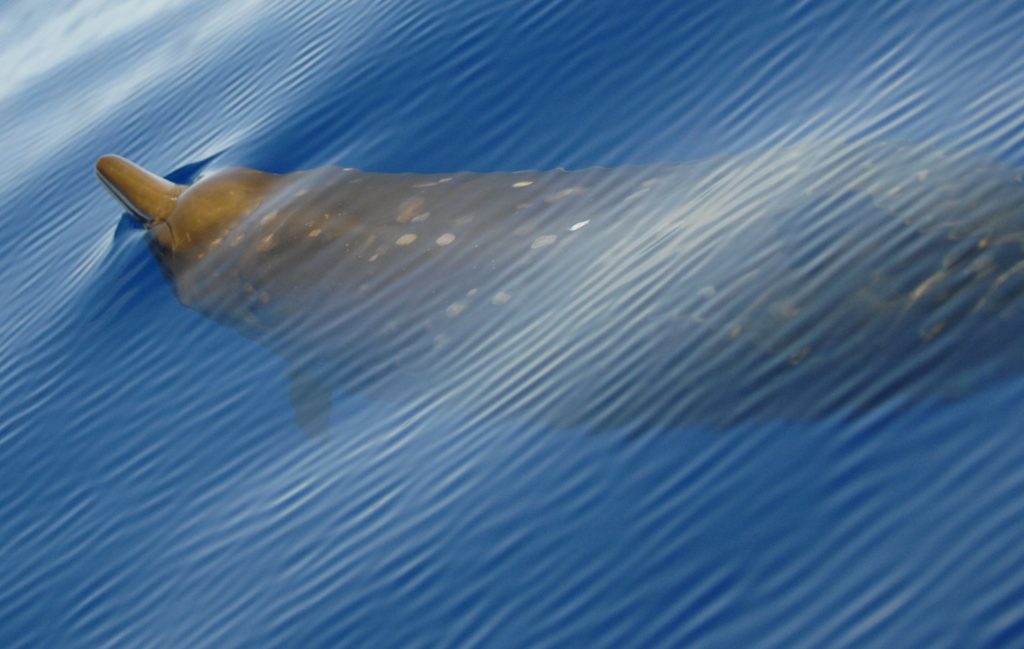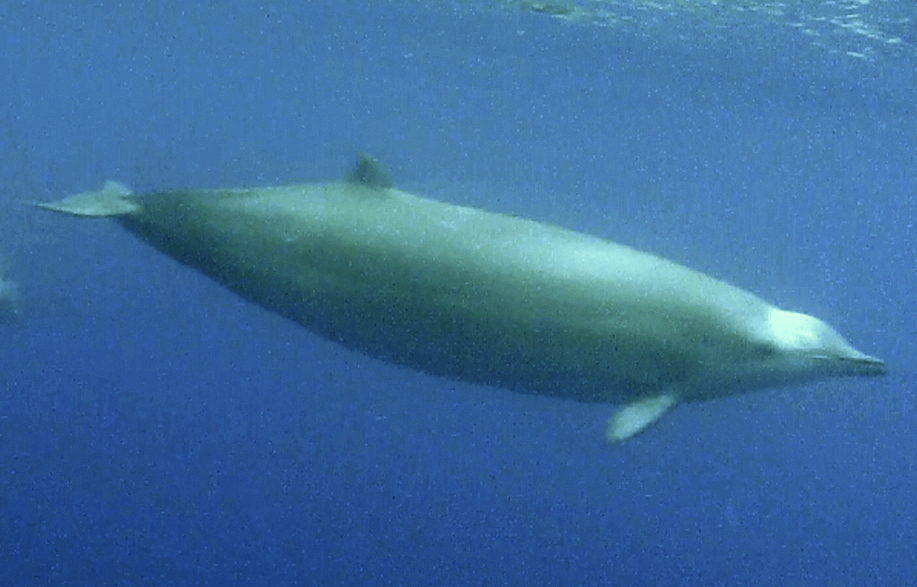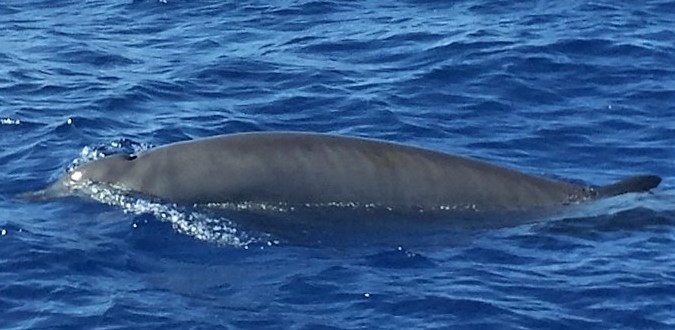A team of scientists, led by University of Auckland marine biologist Emma L. Carroll, originally set out to ensure that the long-thought “disjointed” populations of the True’s beaked whale (Mesoplodon mirus) truly were of the same taxonomic classification. They would soon figure out, however, that they have a new species of beaked whale on their hands.
Almost a decade ago from the time of writing, a dead specimen of what appears to be just another True’s beaked whale washed ashore off the coast of South Island, New Zealand. The beaked whale was named “Nihongore” by the local Ngāti Māhaki tribe, who then sent off Nihongore’s bones to the Te Papa Tongarewa Museum in Wellington.
Now, some ten years later, taxonomic analysis of beaked whale specimens from museum and archival specimens revealed that a new species of beaked whale hid right under our noses this whole time: the newly-designated Ramari’s beaked whale, Mesoplodon eueu. The new findings were published in the Proceedings of the Royal Society B: Biological Sciences.
“Initially, we thought this was the first True’s beaked whale found in [New Zealand], but that changed during our work with a global network of researchers,” Carroll said in a statement. “We soon realized that the genetics and skull shape of True’s beaked whales in the northern hemisphere were very different to True’s beaked whales in the southern hemisphere. […] They have been separated for around half a million years, probably because they don’t like the warm water near the equator. It’s clear that they are different species.”
The new Ramari’s beaked whale becomes the 24th known species in beaked whales, formally known with its systematic name Ziphiidae. Beaked whales, also called ziphiids, are considered some of the least-known groups of mammals on the planet, given their low abundance and very deep sea habitats. Despite these, Carroll and team consider these whales as among “the most visible inhabitants of the deep sea” due to their size and distribution.
Some of the known species of beaked whales include (clockwise, from top left): Blainville’s beaked whale, Mesoplodon densirostris; True’s beaked whale, Mesoplodon mirus; Gervais’ beaked whale, Mesoplodon europaeus; and Sowerby’s beaked whale, Mesoplodon bidens. (NOAA, 2010; Edler, 2017; 2016; Van der Linde, 2012; Wikimedia Commons)
The team believes that the new Ramari’s beaked whales have been found so few times since they “[spend] a lot of time offshore in deep waters.” “The Earth’s deep ocean remains less understood than the surface of Mars,” said Carroll.
Despite this, the team is confident there’s more to be found under the sea. In the words of Carroll: “[Much] biodiversity is waiting to be discovered in the deep sea, and there is great potential for this region to contribute to and challenge major ecological hypotheses.”
(For more finds on new species, check out the two new species of pit viper found in Asia. Additionally, read back on our earlier piece on the lone surviving member of the species Chelonoidis phantasticus, nicknamed “Fernanda.”)
References
- Anderson, N. (2021, October 27). Marine Biologists Identify New Species of Beaked Whale. Sci-News. http://www.sci-news.com/biology/ramaris-beaked-whale-mesoplodon-eueu-10210.html
- Carroll, E. L., McGowen, M. R., McCarthy, M. L., Marx, F. G., Aguilar, N., Dalebout, M. L., Dreyer, S., Gaggiotti, O. E., Hansen, S. S., van Helden, A., Onoufriou, A. B., Baird, R. W., Baker, C. S., Berrow, S., Cholewiak, D., Claridge, D., Constantine, R., Davison, N. J., Eira, C., … Olsen, M. T. (2021). Speciation in the deep: Genomics and morphology reveal a new species of beaked whale Mesoplodon eueu. Proceedings of the Royal Society B: Biological Sciences, 288(1961), 20211213. https://doi.org/10.1098/rspb.2021.1213















